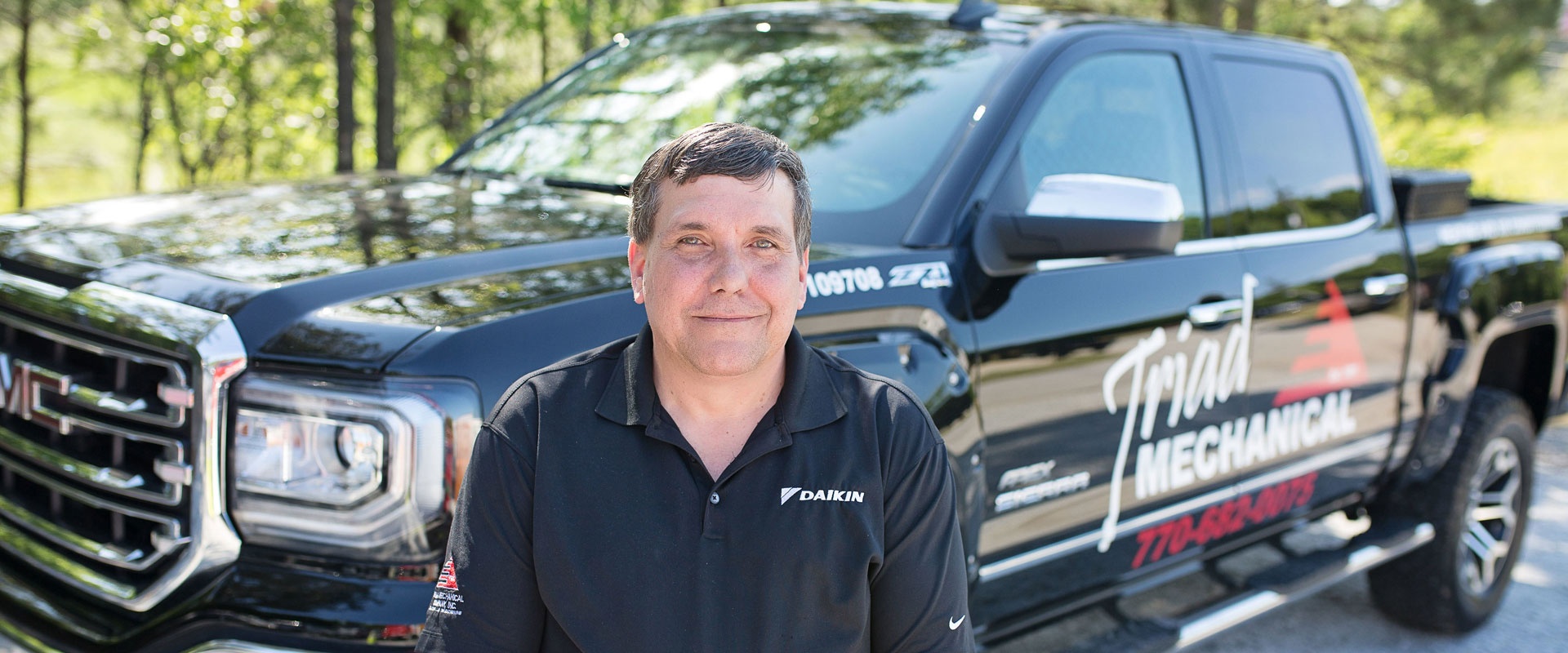
HVAC Articles
Exceptional Mechanical Service Provider
Triad Mechanical is a family-owned and -operated company that provides commercial and residential HVAC services in Loganville, GA and nearby cities. We are staffed with a team of mechanical service professionals that are passionate about helping our clients with their HVAC concerns. Here are some HVAC must-reads to learn more about heating, ventilation, and air conditioning systems!
A Comprehensive HVAC Maintenance Checklist for the Sunny Days Ahead
As the warmer months approach, the comfort of your indoor environment hinges on the readiness of your HVAC system. Summer's relentless heat waves can strain even the most vigorous systems, leading to potential disaster when you least expect it. But don't worry!...
Your Guide to Navigating Urgent Repairs in Alpharetta’s Hot Climate
Alpharetta's weather is marked by its hot, sultry summers that challenge every AC unit. Consequently, preparing for the intense heat is crucial to maintaining your home's comfort and integrity throughout the season. This guide will equip you with professional tips to...
Loganville’s Quiet Coolers: Exploring Noise-Reduced HVAC Options
Loganville is a growing city in the state of Georgia, known for its beautiful parks and family-friendly atmosphere. However, with this growth comes an increase in noise pollution from sources like traffic and construction. Although this may seem like something you...
The 7 Dangers of AC Tune-Up Neglect
Did you know that overlooking regular AC maintenance can lead to the hassle of skyrocketing energy bills and even potential system breakdowns? That's right! But fret not—a little preventative care can go a long way in avoiding costly repairs and saving you money in...
How HVAC Services are Redefining Dacula Living
The town of Dacula, Georgia boasts a rich history and a charming small-town atmosphere. Located just 40 miles northeast of Atlanta, Dacula is known for its beautiful parks, top-rated schools, and friendly community. However, the hot and humid summers in this region...
Cold Days, Clean Air: Your Guide to Winter-Ready Home Air Filters
Winter is a wonderful time of year, filled with cozy nights by the fire and family visits galore. Unfortunately, it also brings along colder temperatures and dry air that can cause discomfort or even health issues. And no family member wants to miss out on the fun...
Winter Air Quality and Its Pollutants: Why It’s Worse and What You Can Do
Winter's charm can sometimes mask an unfortunate truth—poor air quality. It may seem counter-intuitive, but the crisp, cold air synonymous with winter can actually be more polluted than the warm, sticky air of summer, especially indoors. But understanding is the first...
Your Comprehensive Winter HVAC Maintenance Checklist
Imagine waking up to snowflakes falling right outside your window...and realizing your house is just as cold inside! The last thing you want to happen during winter is for your HVAC system to break down. To prevent such a scenario, it's important to perform pre-winter...
How to Find the Best Temperature for Your Heater This Winter to Keep it Running Smoothly
As winter approaches, it becomes more important to find the delicate balance between keeping your home warm and comfortable while saving money on heating costs. This can prove to be a challenge—too low and you're uncomfortably cold, too high and you risk excessive...
7 Common HVAC Problems and How to Combat Them
Since HVAC systems are an integral part of your everyday comfort, your comfort is greatly affected by any malfunction. From strange noises to inefficiency, these issues are as diverse as they are disruptive. In this blog, we will discuss 7 common HVAC problems that...
